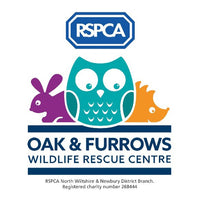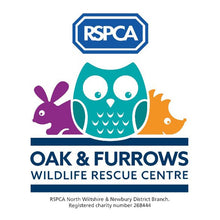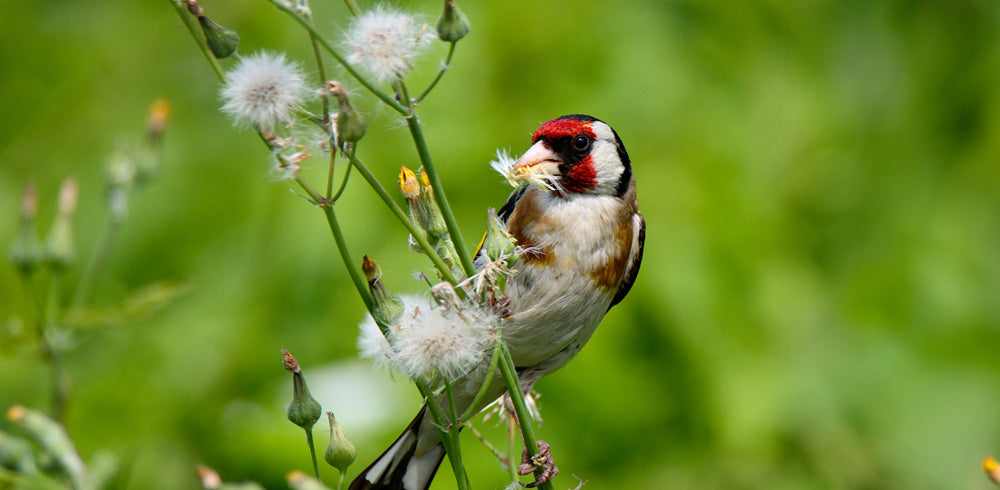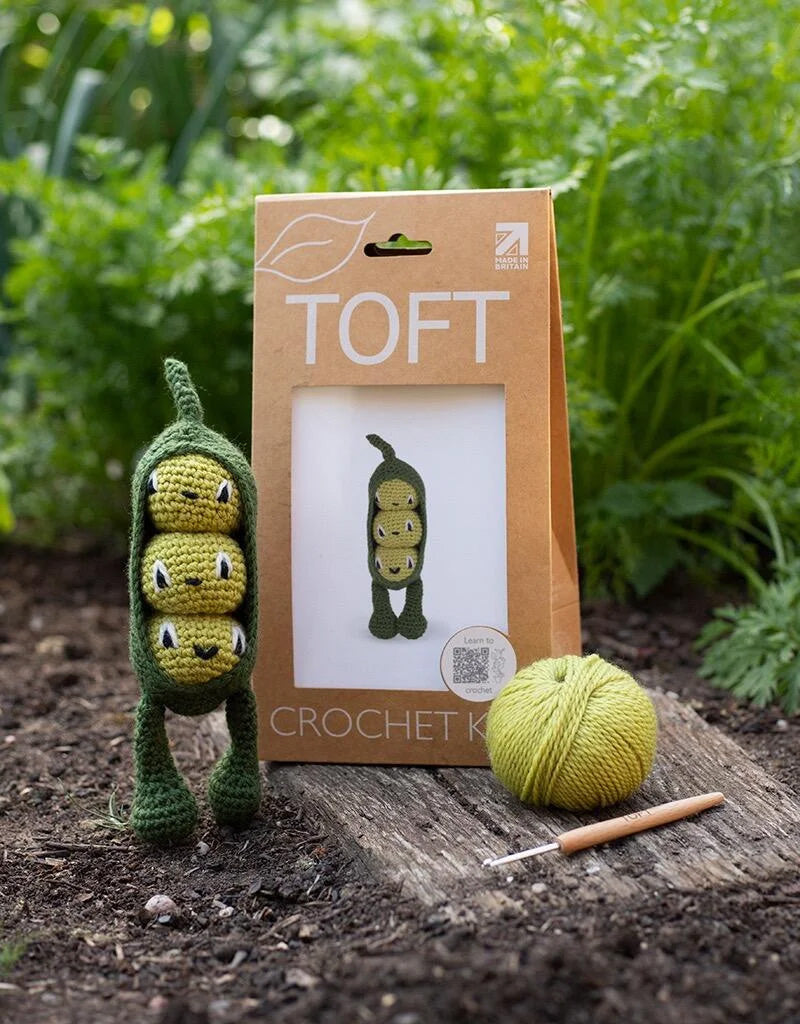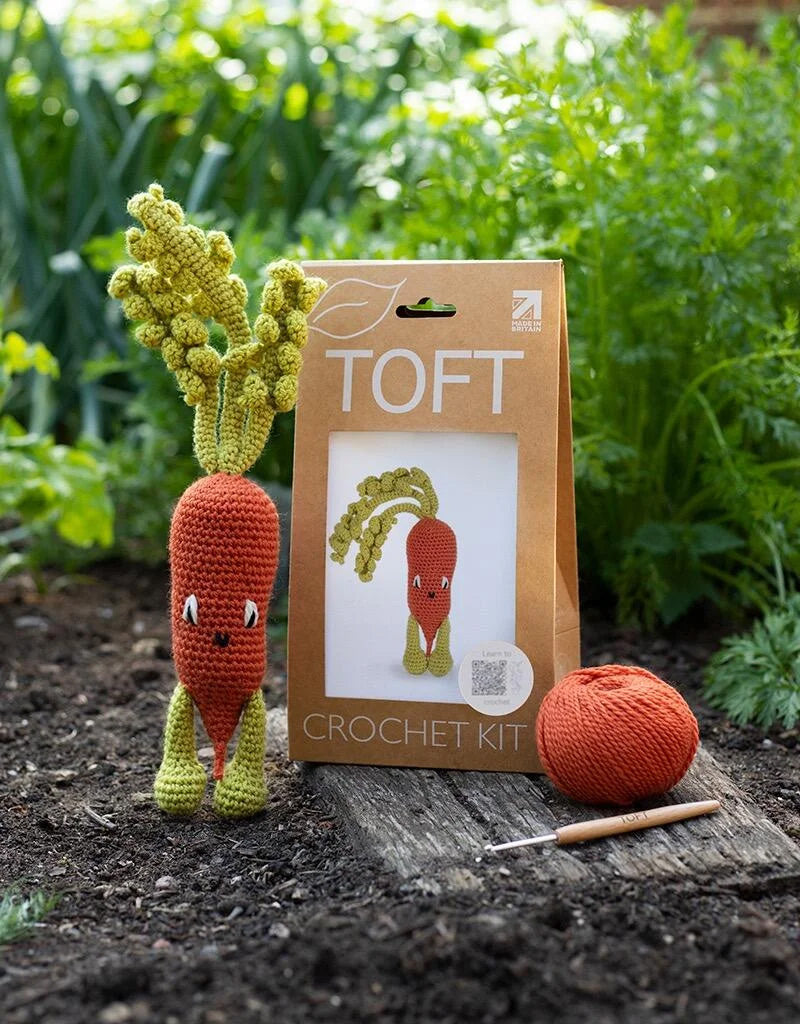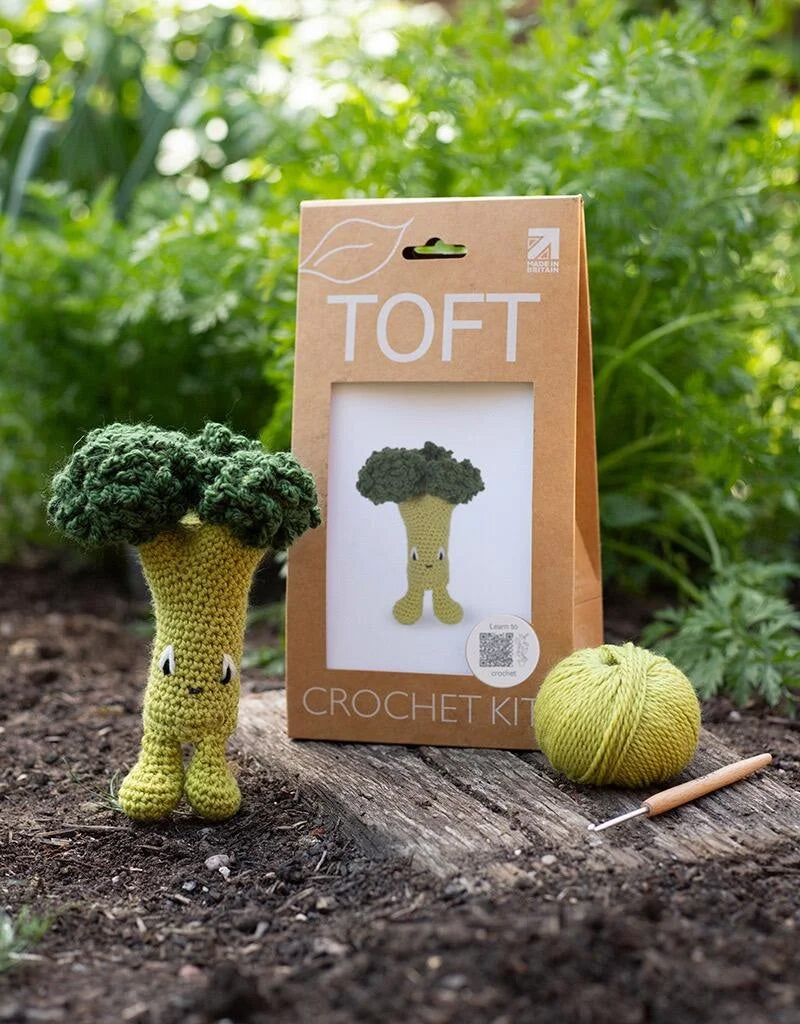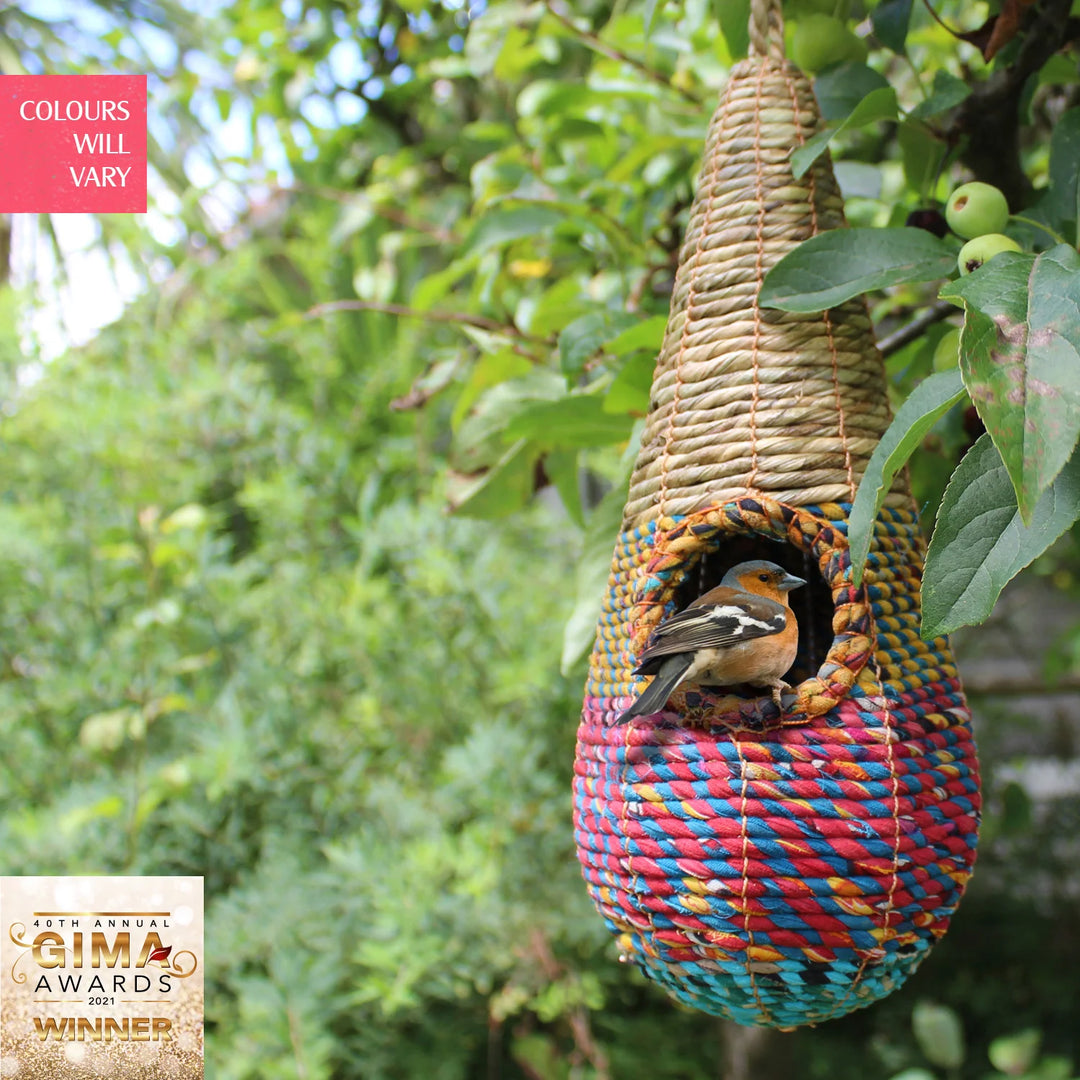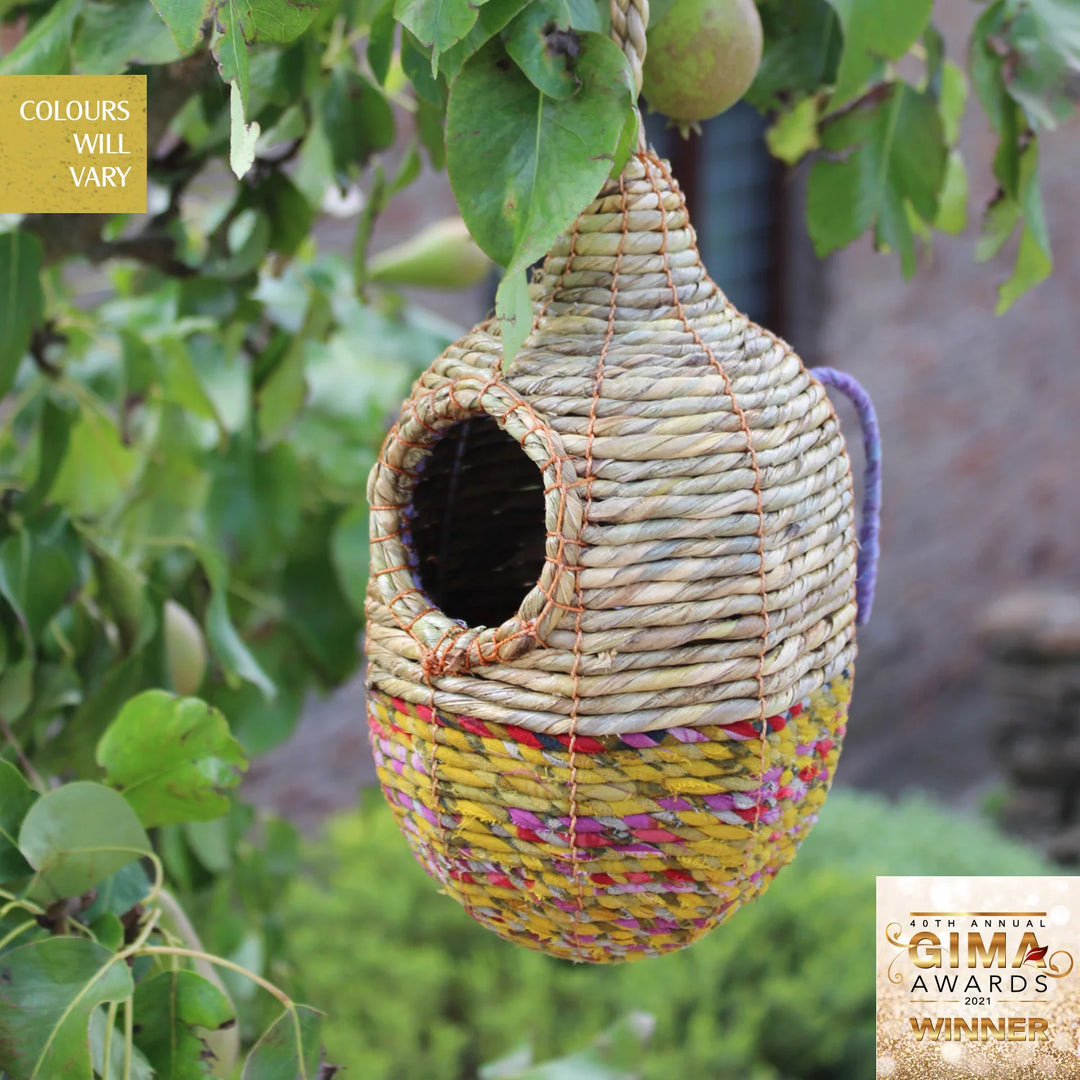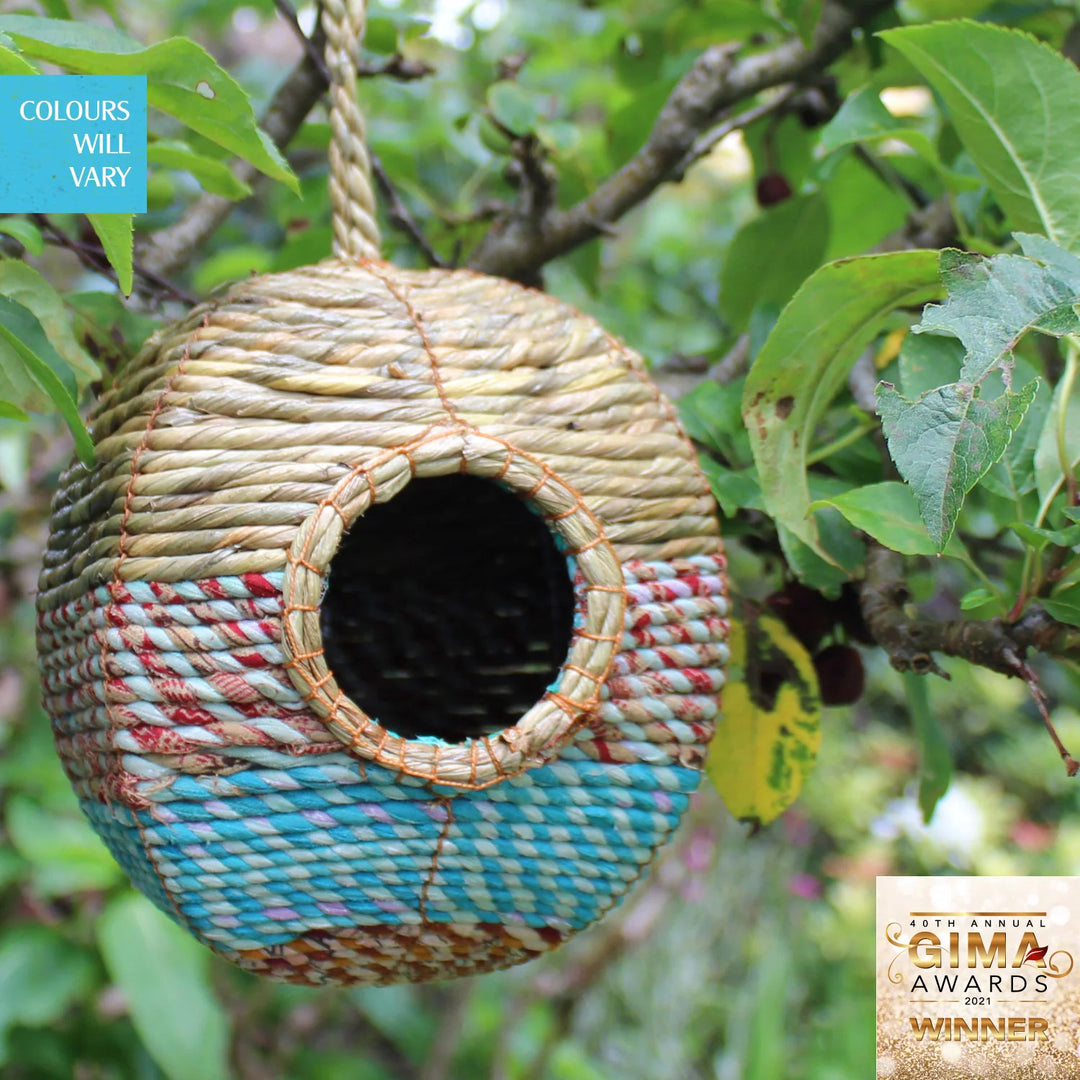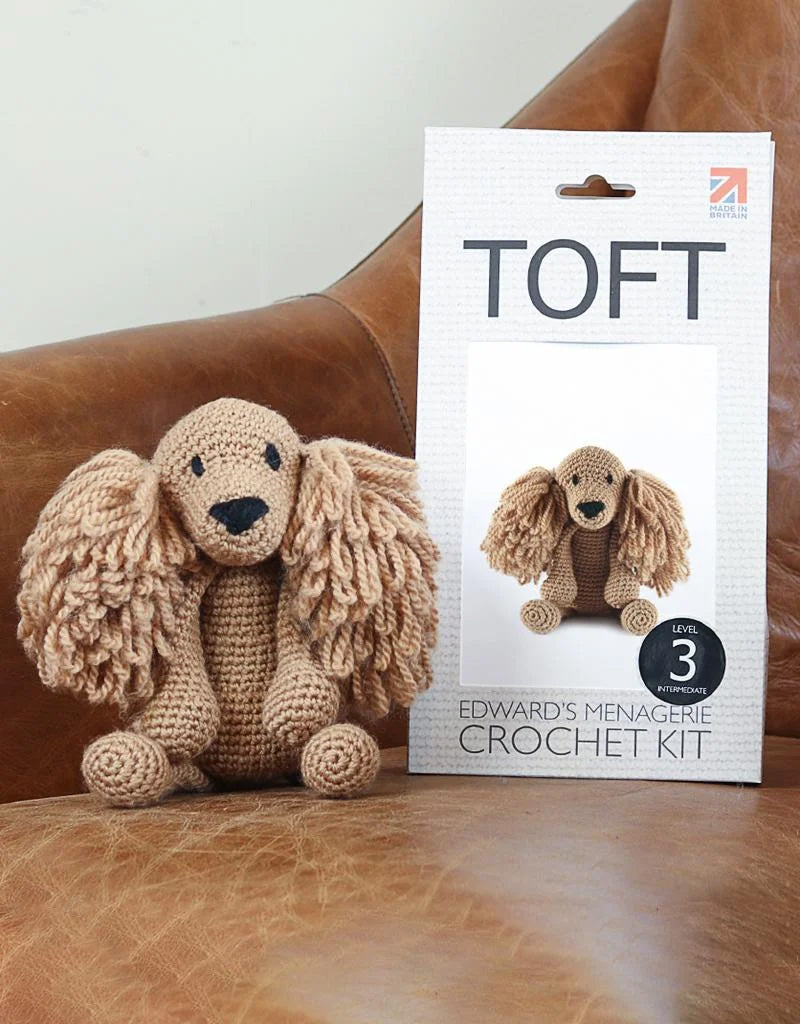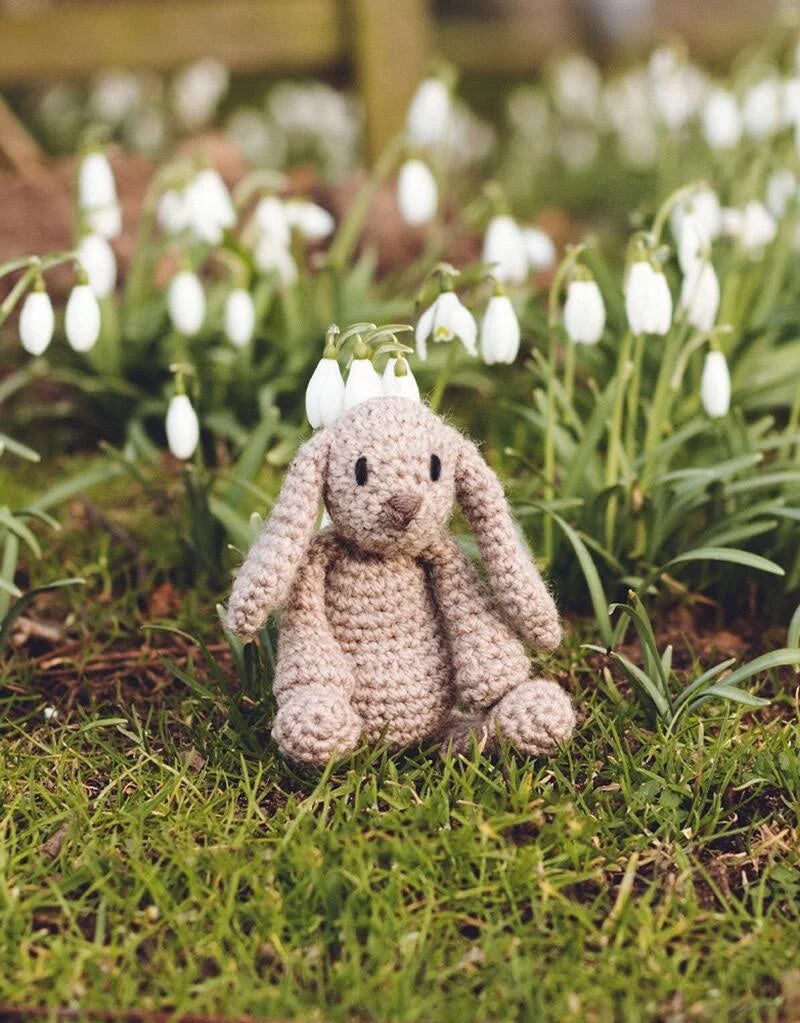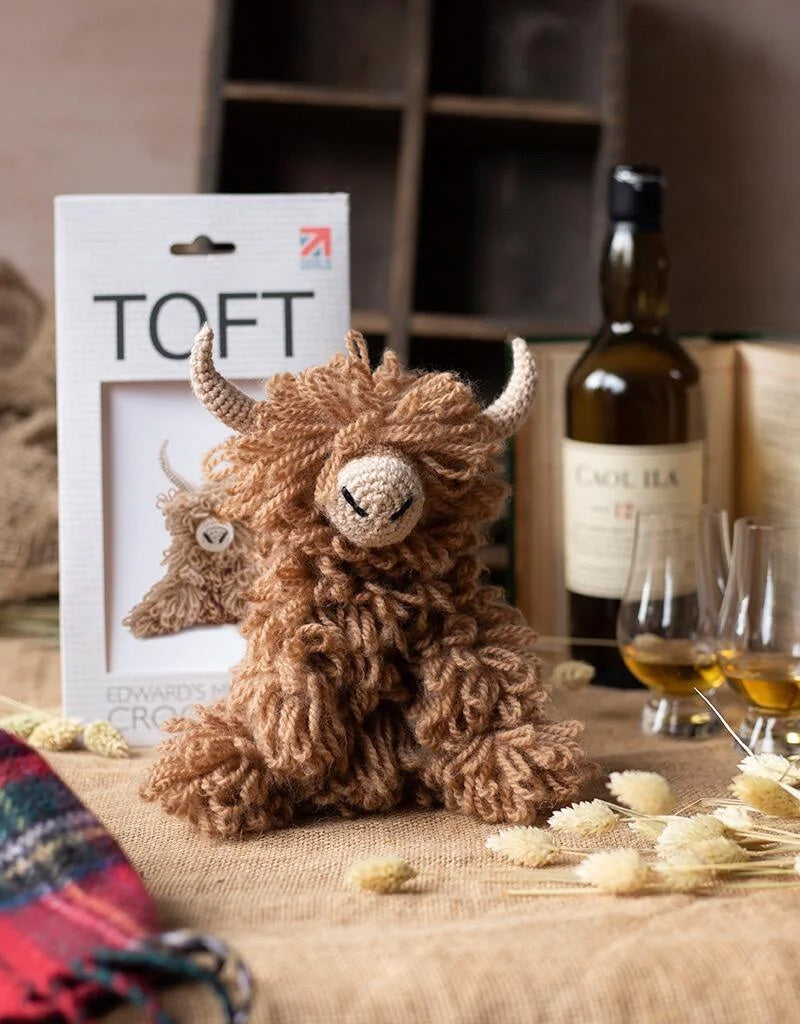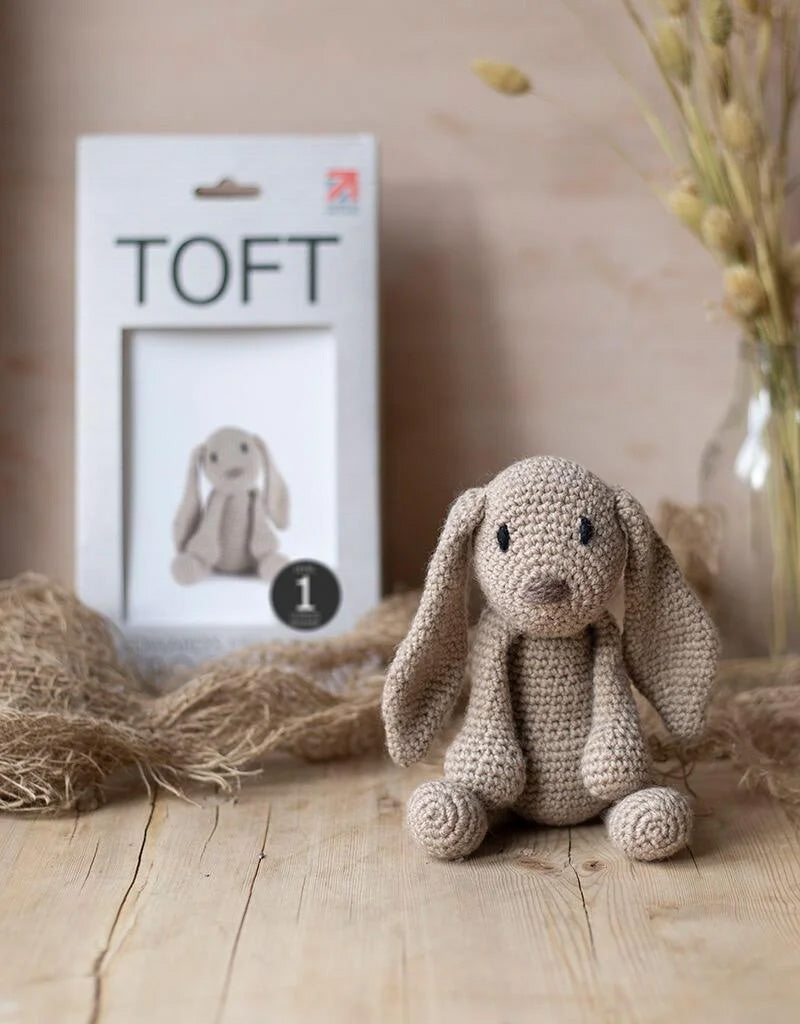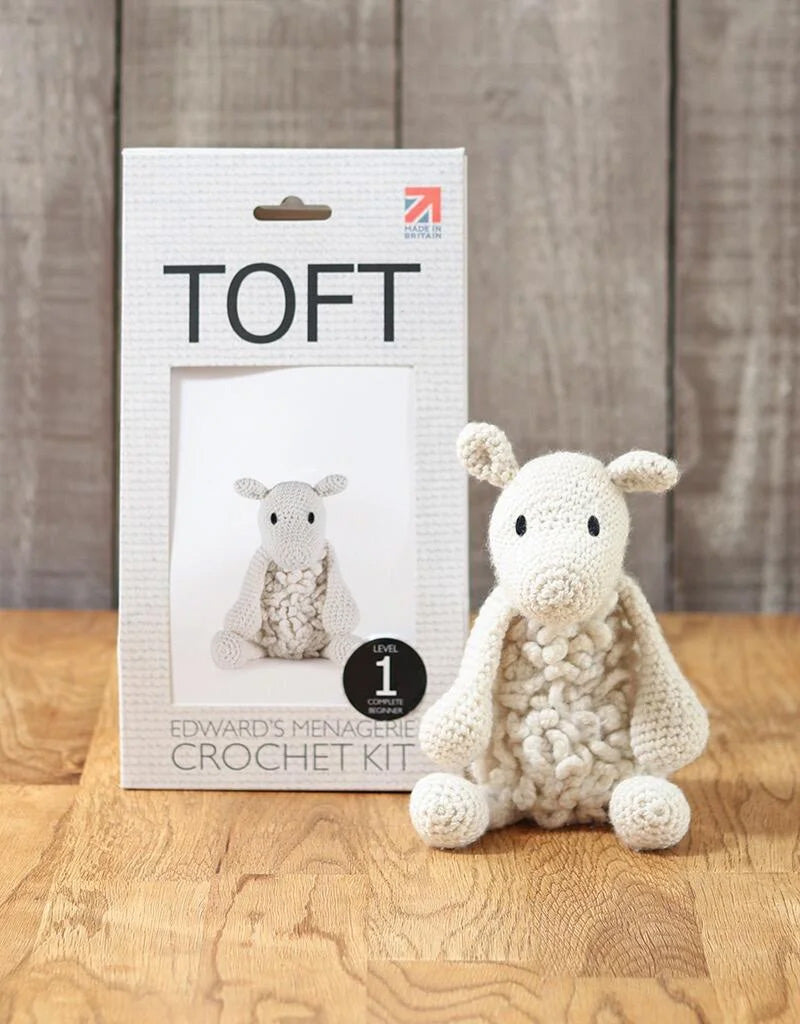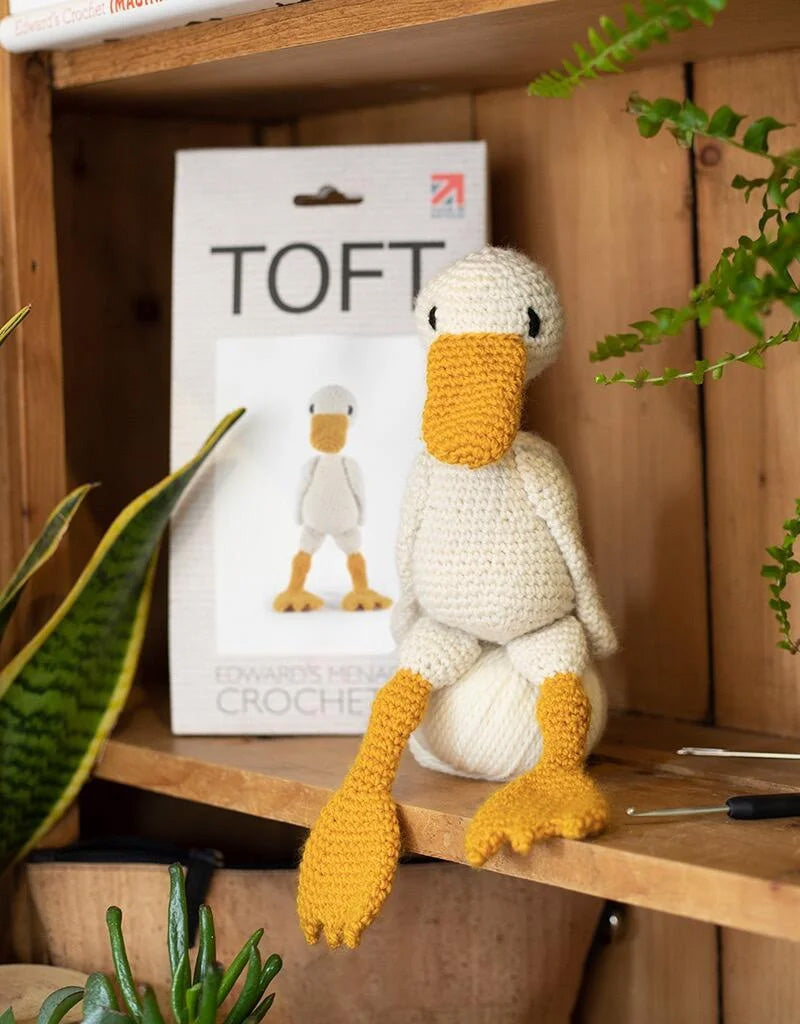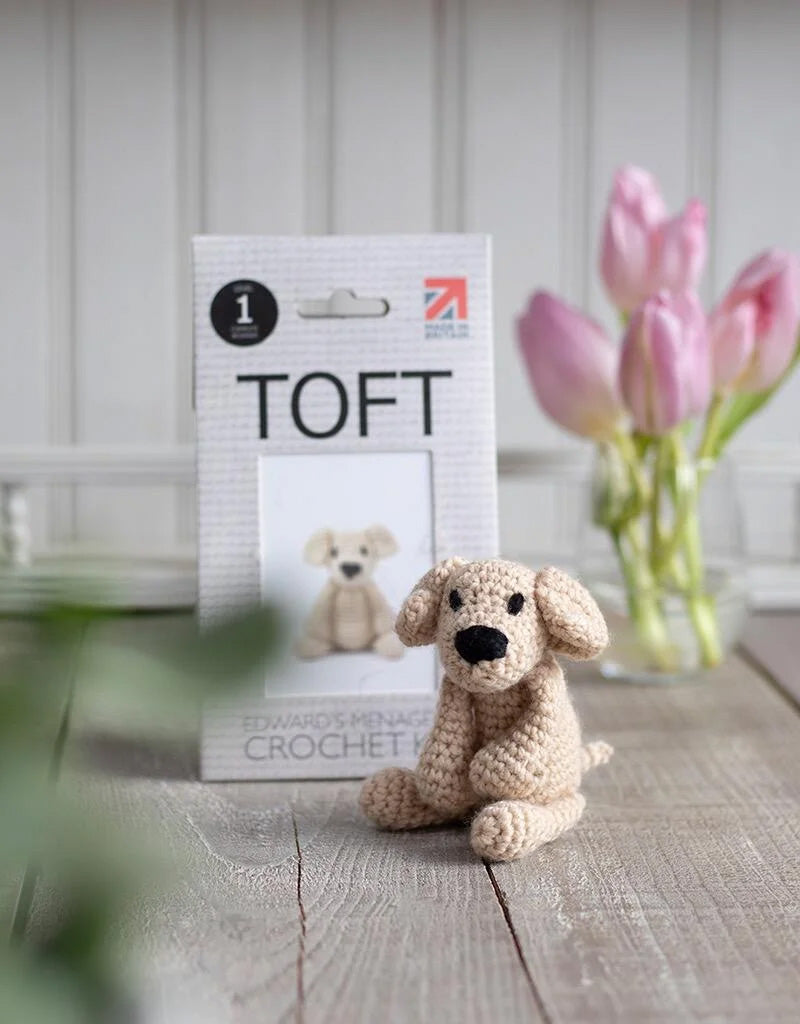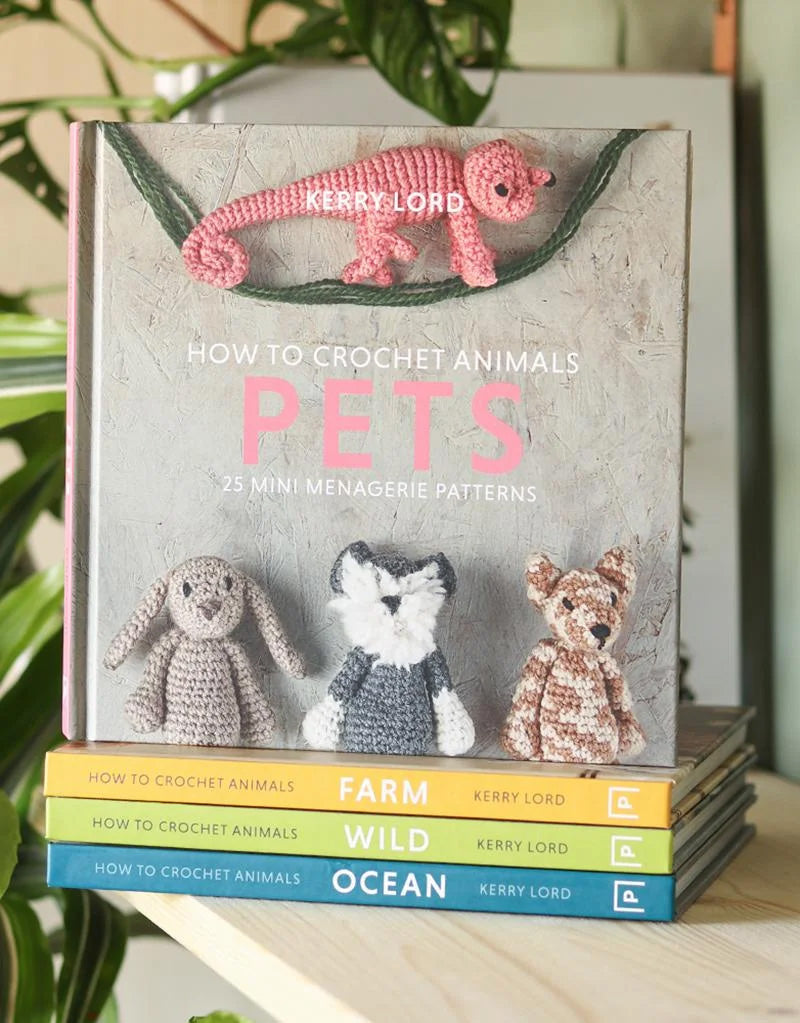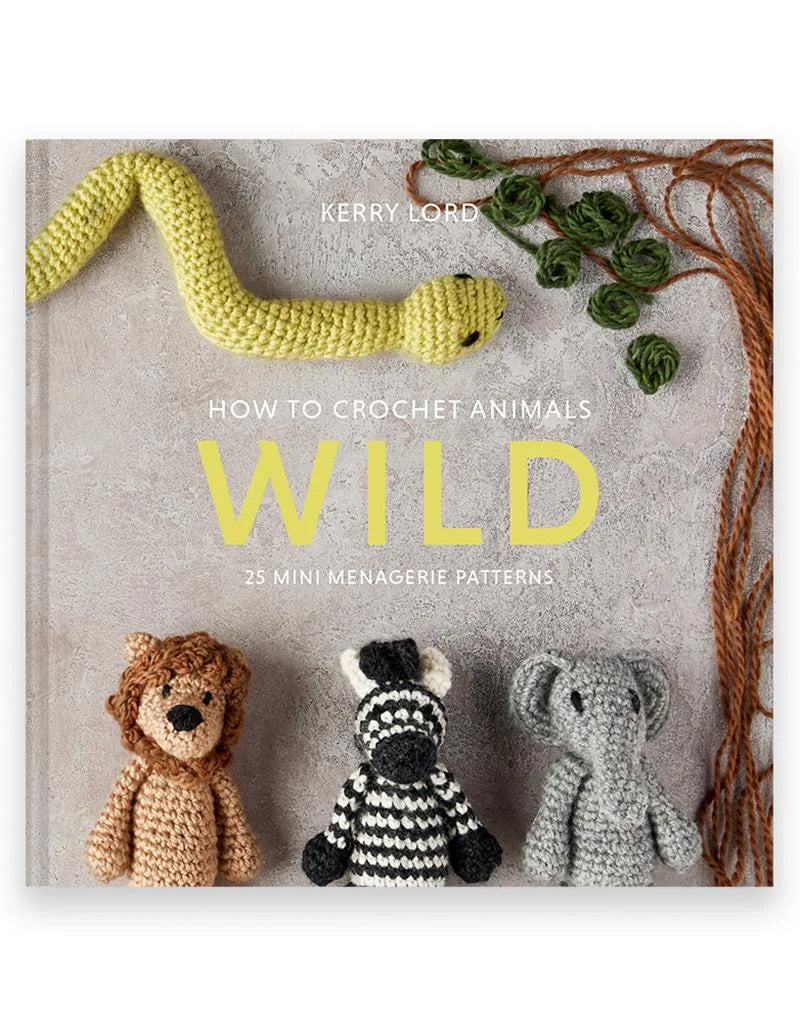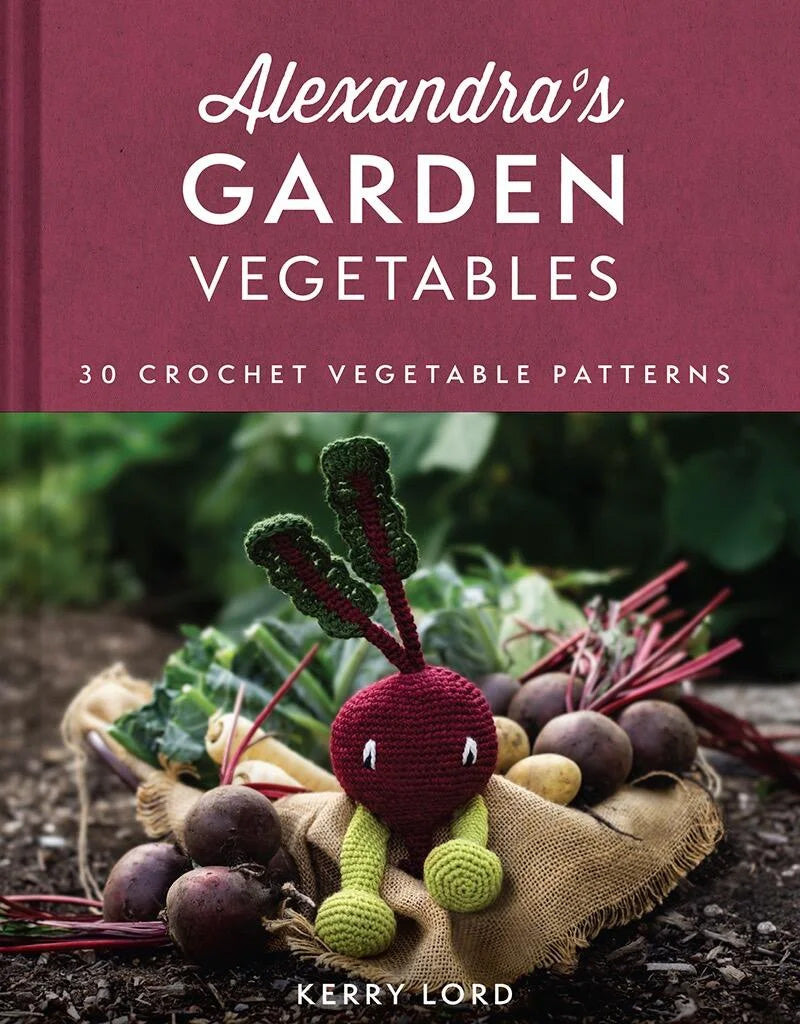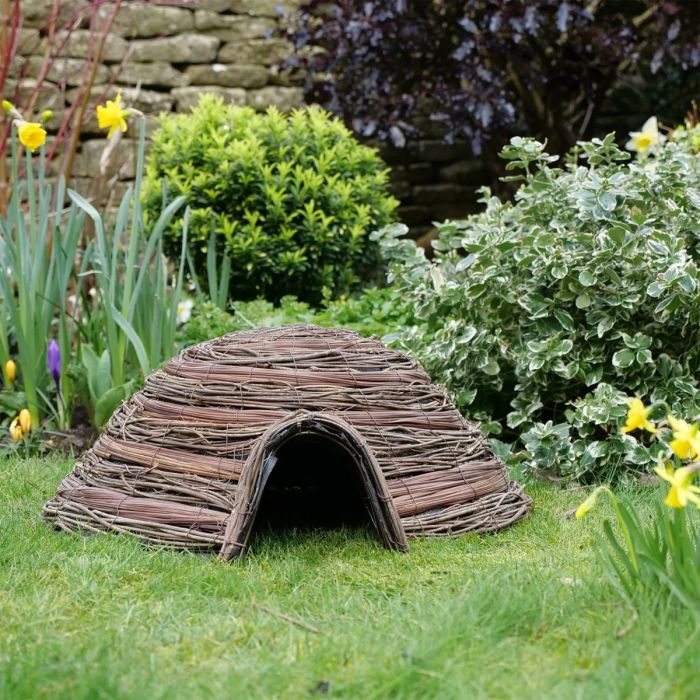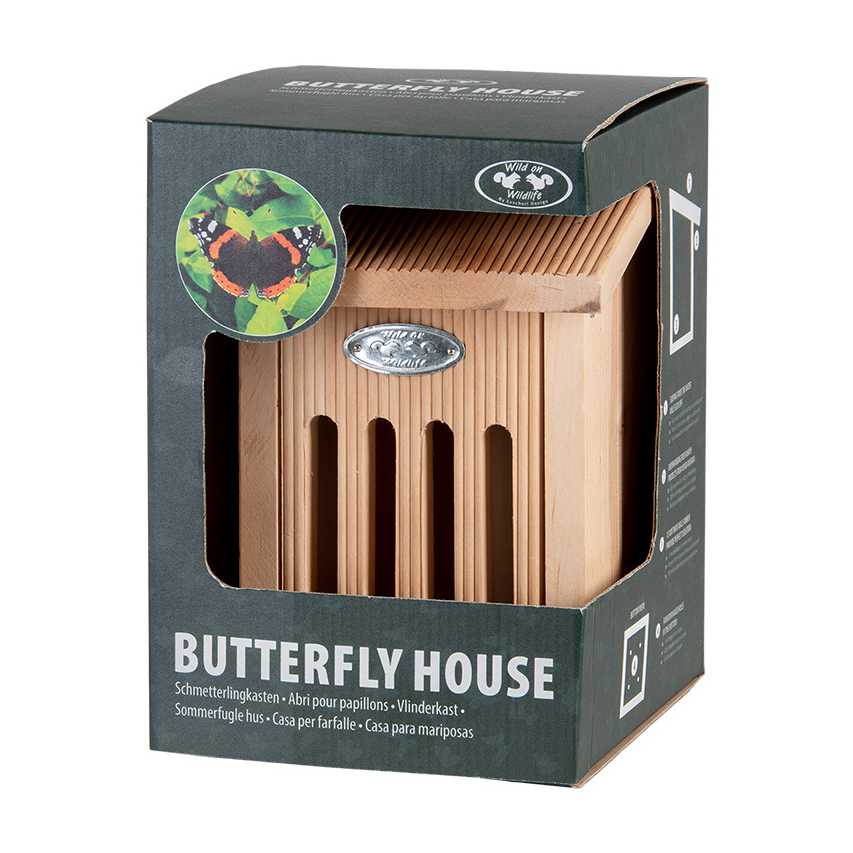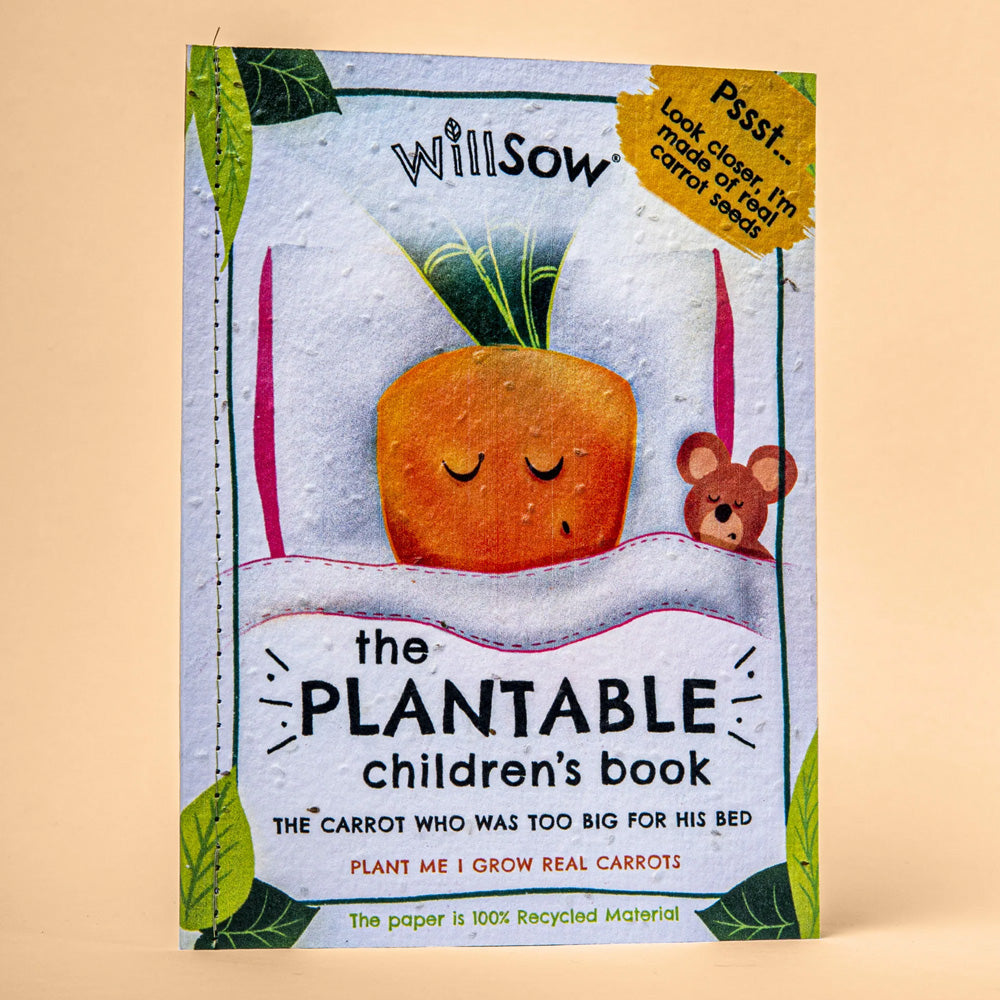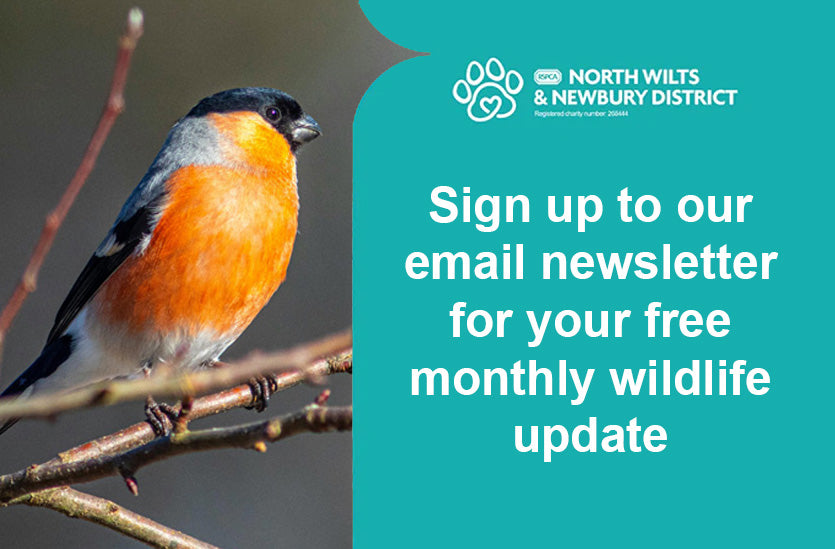Goldfinch
The goldfinch, scientifically known as Carduelis carduelis, is a small, colourful bird that can be found in the United Kingdom. This beautiful bird is known for its vibrant plumage and distinctive red face and yellow wing bars. Goldfinches are a common sight in the UK, but they are also considered to be a species of conservation concern due to their declining numbers in recent years.
Habitat: Goldfinches can be found in a variety of habitats across the UK, including woodlands, hedgerows, parks, gardens, and farmland. They are particularly fond of areas with thistles, where they can find seeds to feed on. Goldfinches are known for their acrobatic feeding habits, often hanging upside down to reach seeds from plants.
Wild and Endangered: While goldfinches are still relatively common in the UK, their numbers have been declining in recent years. Loss of habitat, pesticide use, and changes in farming practices have all contributed to the decline of this beautiful bird. Goldfinches are classified as a species of conservation concern in the UK, and efforts are being made to protect their populations and habitats.
Protected Status: Goldfinches are protected under the Wildlife and Countryside Act 1981 in the UK, which makes it illegal to intentionally kill, injure, or take these birds from the wild. This protection helps to ensure that goldfinches are able to thrive in their natural habitats and continue to enchant birdwatchers with their beauty.
Migration: Goldfinches in the UK are mostly sedentary, meaning they do not migrate long distances like some other bird species. However, some goldfinches from northern Europe may migrate to the UK in the winter months to escape harsher weather conditions. These migrants can often be seen in flocks feeding on seeds in gardens and parks.
Nest and Plumage: Goldfinches build their nests in trees and shrubs, using a combination of twigs, grass, and moss to create a sturdy structure. The female goldfinch lays a clutch of eggs, which are then incubated by both parents. The chicks hatch after around 12-14 days and are fed a diet of insects and seeds by their parents.
The plumage of the goldfinch is one of its most striking features, with a combination of red, black, white, and yellow markings. The bright red face and yellow wing bars make the goldfinch easy to identify, even from a distance. The male goldfinch is slightly more colourful than the female, with brighter red markings on the face.
Colours and Beak: The vibrant colours of the goldfinch’s plumage serve as a form of camouflage, helping the bird to blend in with its surroundings and avoid predators. The black and white markings on the wings and tail provide additional protection when the goldfinch is in flight. The goldfinch’s beak is specially adapted for feeding on seeds, with a sharp point that can easily extract seeds from thistles and other plants.
Diet and Feathers: Goldfinches are primarily seed-eaters, with a diet that consists of a variety of seeds, including those from thistles, dandelions, and sunflowers. They are also known to feed on insects, especially during the breeding season when they need additional protein to raise their young. The goldfinch’s feathers are soft and lightweight, providing insulation and protection from the elements.
In conclusion, the goldfinch is a beautiful and fascinating bird that can be found in the UK. With its colourful plumage, acrobatic feeding habits, and distinctive call, the goldfinch is a joy to observe in the wild. Efforts to protect and conserve this species are essential to ensure that future generations can continue to enjoy the presence of these delightful birds in the UK’s diverse habitats.
Habitat: Goldfinches can be found in a variety of habitats across the UK, including woodlands, hedgerows, parks, gardens, and farmland. They are particularly fond of areas with thistles, where they can find seeds to feed on. Goldfinches are known for their acrobatic feeding habits, often hanging upside down to reach seeds from plants.
Wild and Endangered: While goldfinches are still relatively common in the UK, their numbers have been declining in recent years. Loss of habitat, pesticide use, and changes in farming practices have all contributed to the decline of this beautiful bird. Goldfinches are classified as a species of conservation concern in the UK, and efforts are being made to protect their populations and habitats.
Protected Status: Goldfinches are protected under the Wildlife and Countryside Act 1981 in the UK, which makes it illegal to intentionally kill, injure, or take these birds from the wild. This protection helps to ensure that goldfinches are able to thrive in their natural habitats and continue to enchant birdwatchers with their beauty.
Migration: Goldfinches in the UK are mostly sedentary, meaning they do not migrate long distances like some other bird species. However, some goldfinches from northern Europe may migrate to the UK in the winter months to escape harsher weather conditions. These migrants can often be seen in flocks feeding on seeds in gardens and parks.
Nest and Plumage: Goldfinches build their nests in trees and shrubs, using a combination of twigs, grass, and moss to create a sturdy structure. The female goldfinch lays a clutch of eggs, which are then incubated by both parents. The chicks hatch after around 12-14 days and are fed a diet of insects and seeds by their parents.
The plumage of the goldfinch is one of its most striking features, with a combination of red, black, white, and yellow markings. The bright red face and yellow wing bars make the goldfinch easy to identify, even from a distance. The male goldfinch is slightly more colourful than the female, with brighter red markings on the face.
Colours and Beak: The vibrant colours of the goldfinch’s plumage serve as a form of camouflage, helping the bird to blend in with its surroundings and avoid predators. The black and white markings on the wings and tail provide additional protection when the goldfinch is in flight. The goldfinch’s beak is specially adapted for feeding on seeds, with a sharp point that can easily extract seeds from thistles and other plants.
Diet and Feathers: Goldfinches are primarily seed-eaters, with a diet that consists of a variety of seeds, including those from thistles, dandelions, and sunflowers. They are also known to feed on insects, especially during the breeding season when they need additional protein to raise their young. The goldfinch’s feathers are soft and lightweight, providing insulation and protection from the elements.
In conclusion, the goldfinch is a beautiful and fascinating bird that can be found in the UK. With its colourful plumage, acrobatic feeding habits, and distinctive call, the goldfinch is a joy to observe in the wild. Efforts to protect and conserve this species are essential to ensure that future generations can continue to enjoy the presence of these delightful birds in the UK’s diverse habitats.
